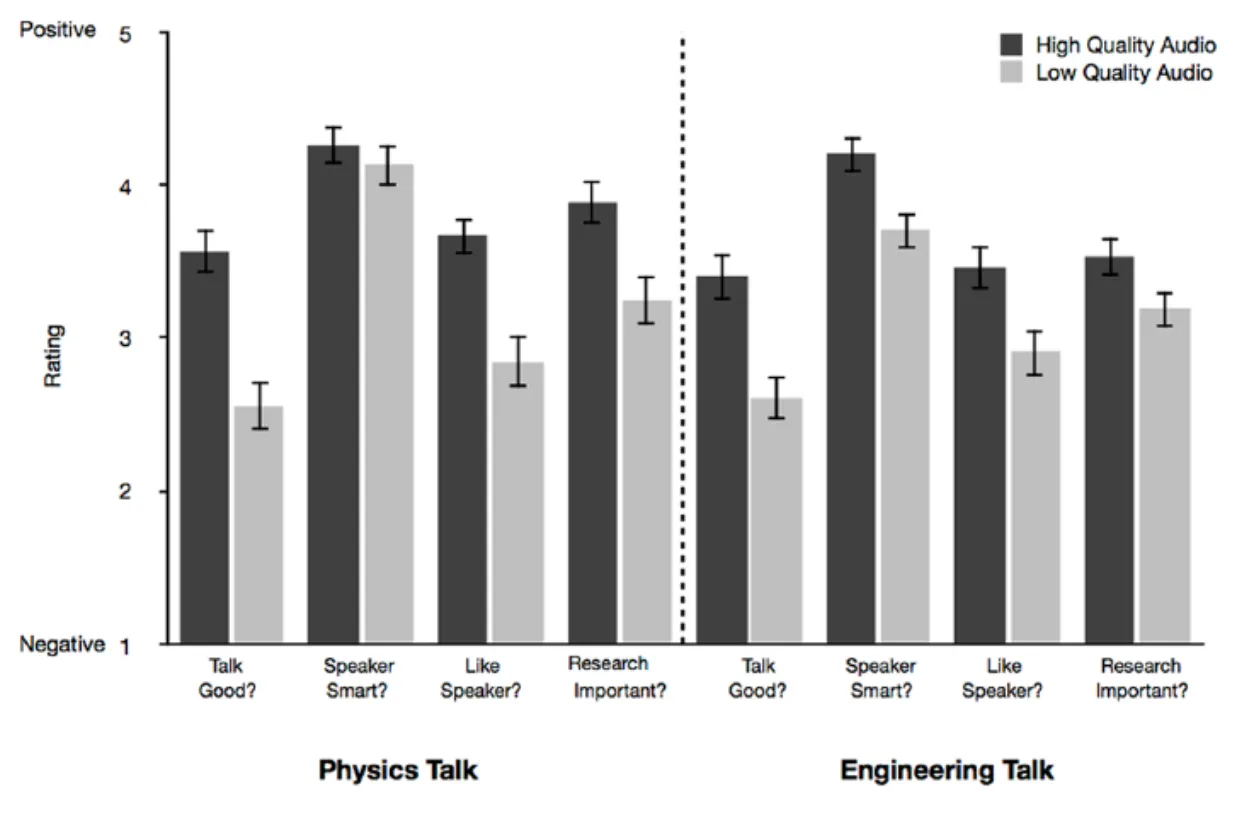Fight Video Call Fatigue by Improving your Audio
Thanks to the internet and video conference platforms, many of us have been able to stay in touch with colleagues, friends and family during the pandemic. Tools like Zoom, Teams or Facetime helped businesses to operate. Social isolation would have felt even worse without them.
However, the explosion in video meetings brought us the the term “Zoom Fatigue”. It describes the lethargic and zoned out feeling that one gets after sitting on too many video meetings. It has become so common that researchers began to study the root causes and also the effects it has on people.
One way to reduce Zoom Fatigue among your coworkers is to improve your own audio. This is the most important and also very underrated part. Most people check how they look, before they enter a video call. However, hardly anyone checks how they sound.
Have you ever tried to follow a radio show with too much radio noise? Unless you’re very interested in the content, you’ll probably just stop listening at some point, because it becomes too tiring.
It is easy to have better audio though: Use an external microphone, and place it as close to your mouth as possible. It should be as close as a couple of centimeters. A low-cost podcasting microphone that comes with a tripod will most likely do the thing. This is very important, as sound is subject to the inverse square law. It states that the intensity of a sound wave changes in inverse proportion to the square of the distance from the source, meaning that when you double the distance of the microphone away from the sound source, the sound will be four times less intense. Also, some microphones do a good job in filtering out background noise from your environment.
Bad audio quality not only exhausts your audience, but also reflects back onto you as a speaker and your content. Studies show that when a presentation is difficult to hear, viewers think that the talk is worse, the speaker is less intelligent and less likeable, and the content less important.

Source: Newman, E.J. and Schwarz, N., 2018. Good sound, good research: How audio quality influences perceptions of the research and researcher. Science Communication, 40(2), pp.246–257.
Other ways to improve sound quality is to use native appliations instead of their browser versions, and connect to the internet via ethernet cable instead of using wifi.
As there is no simple way to monitor how others perceive your audio quality, the only options are to actively ask about it, or to record a random meeting so that you can use the recording afterwards to evaluate your audio setup and improve it for the future. Your coworkers’ minds as well as your presentation performance will benefit from it.
